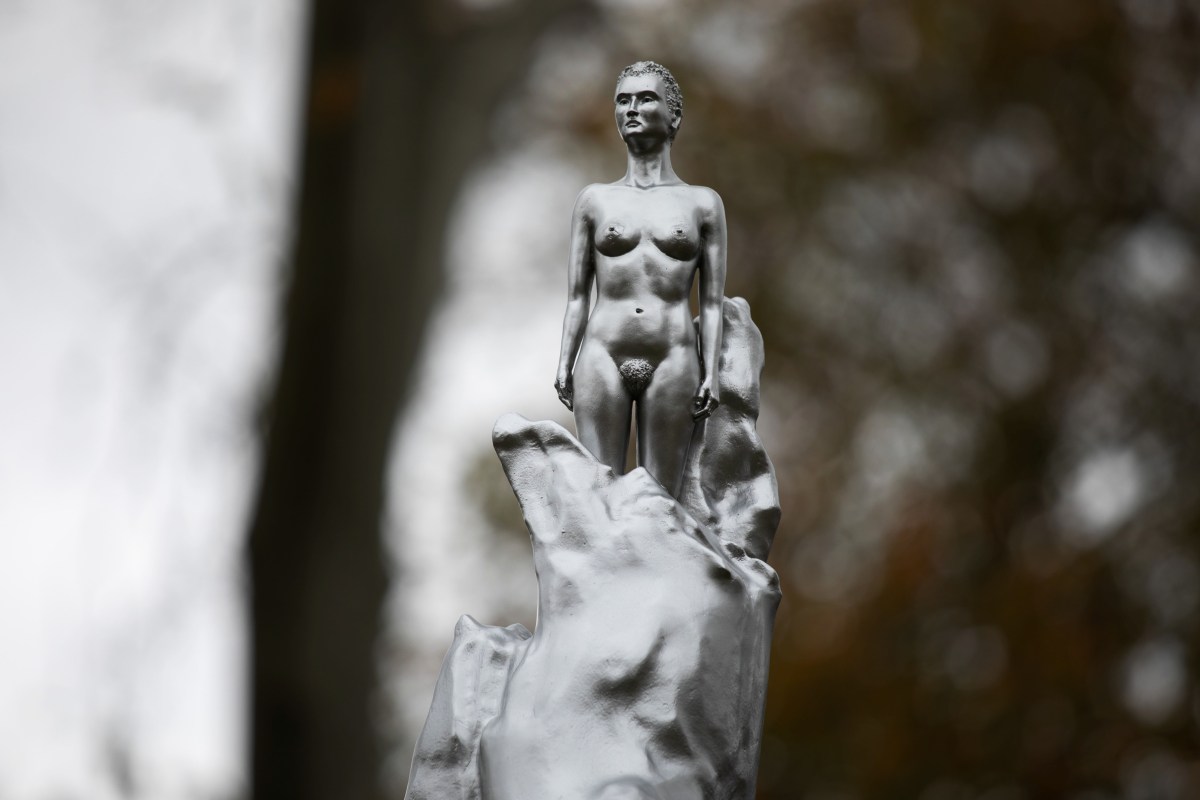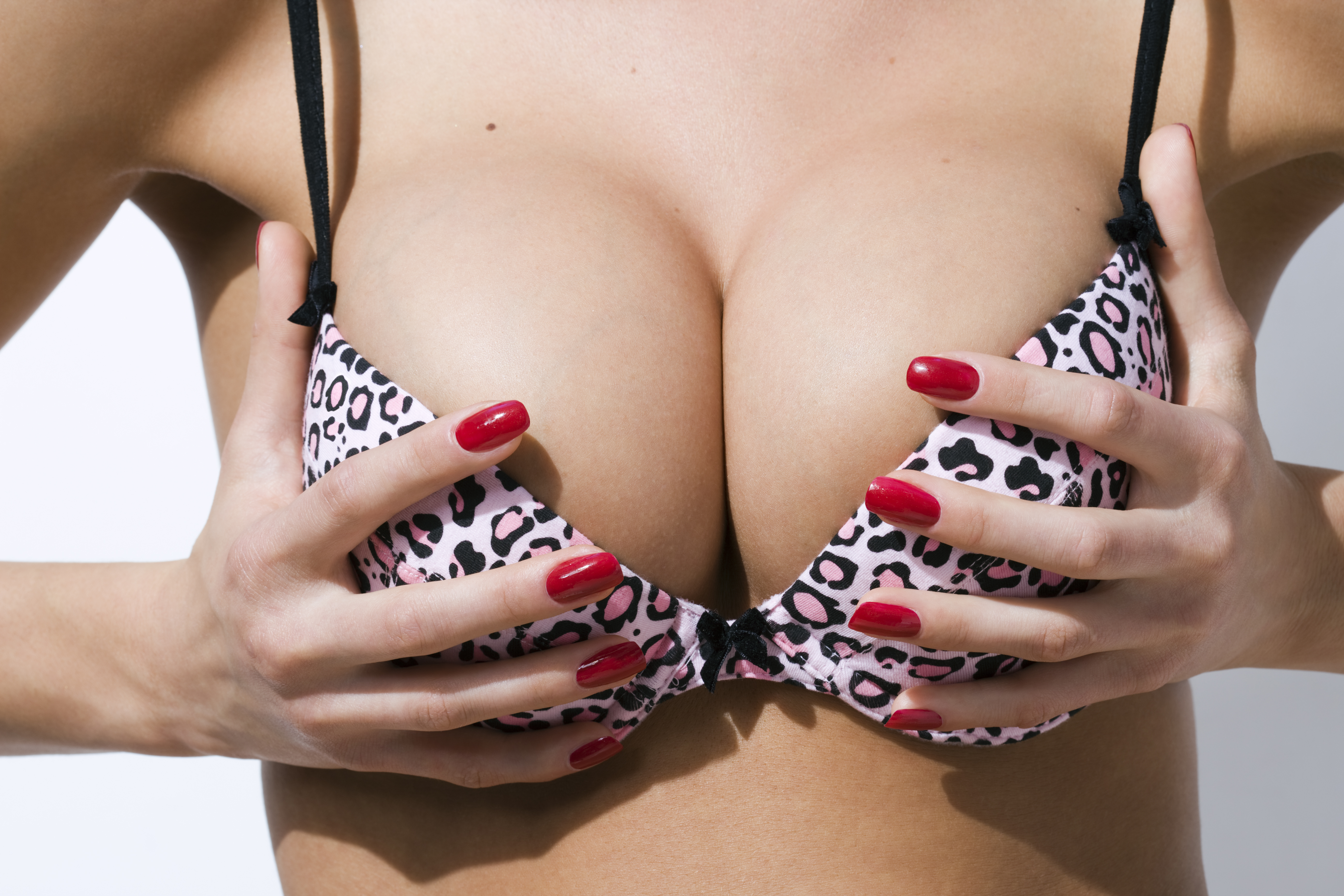Feminist philosopher and writer Mary Wollstonecraft, often hailed as the “mother of feminism,” has been honored with a statue in London, and everyone really hates it.
Why? Because the statue has breasts. Nude ones. The sculpture depicting a “silvery naked everywoman figure,” as the Guardian put it, was met with confusion and backlash when it was unveiled Tuesday, drawing criticism from those who lamented that, rather than depicting a literal representation of Wollstonecraft herself, the statue instead paid tribute to the feminist thinker in the form of a general representation of womanhood, specifically a naked one.
Author Caroline Criado-Perez called the statue “insulting” to Wollstonecraft’s legacy, expressing doubt that the feminist pioneer would be particularly pleased “to be represented by this naked, perfectly formed wet dream of a woman.”
Writer Caitlin Moran also questioned the statue, arguing that sculptural tributes to male thinkers don’t typically feel compelled to emphasize the nude male form. “Imagine if there was a statue of a hot young naked guy ‘in tribute’ to eg Churchill,” Moran tweeted. “It would look mad. This, also, looks mad.”
Maggi Hambling, the artist behind the controversial Wollstonecraft statue, has defended her work, telling the Evening Standard that the sculpture “is not a conventional heroic or heroinic likeness of Mary Wollstonecraft,” but rather “a sculpture about now, in her spirit.”
Unfortunately, that clarification has done little to appease those who question why the spirit of Wollstonecraft has to be naked. Hambling, however, has an answer to that question as well, telling the Evening Standard, “The point is that she has to be naked because clothes define people. We all know that clothes are limiting and she is everywoman.”
Still, critics worry that a nude “everywoman” unnecessarily sexualizes both Wollstonecraft and womanhood in general, ultimately distracting from the feminist spirit the work is meant to embody.
As writer Tracy King argued, “Any passing teenage boy is not going to think, oh, that’s an icon of feminist education. They are going to think – tits!”
To be fair, I would hazard that most teenage boys are far more likely to be thinking “tits” than they are to be musing about feminist scholarship in most situations, so I don’t know that we should necessarily base our tributes to famed female thinkers on the presumed reactions of adolescent boys.
Moreover, one could argue that the idea of the nude female body as inherently sexual and thus demeaning to Mary Wollstonecraft specifically/women in general/feminism itself actually reinforces the very misogynistic sexualization of women those critics are railing against. As it happens, many women — including icons of feminist education — do in fact have breasts, and it seems baring them needn’t been seen as strictly at odds with profound feminist thought.
Writer Bee Rowlatt defended the statue, arguing that it was not sexual but rather challenging: “It’s not inviting. It’s challenging. It’s a challenging artwork, and it’s meant to be.”
Clearly the public has accepted that challenge, and while it’s impossible to say what Wollstonecraft, who died two centuries ago, would actually think of her new tribute, I personally would be pretty disappointed to find that in this, the year 2020, the sight of female-presenting nipples is still cause for this kind of public uproar. Maybe the world will be ready for nude feminist iconography in another 200 years.
Thanks for reading InsideHook. Sign up for our daily newsletter and be in the know.

















